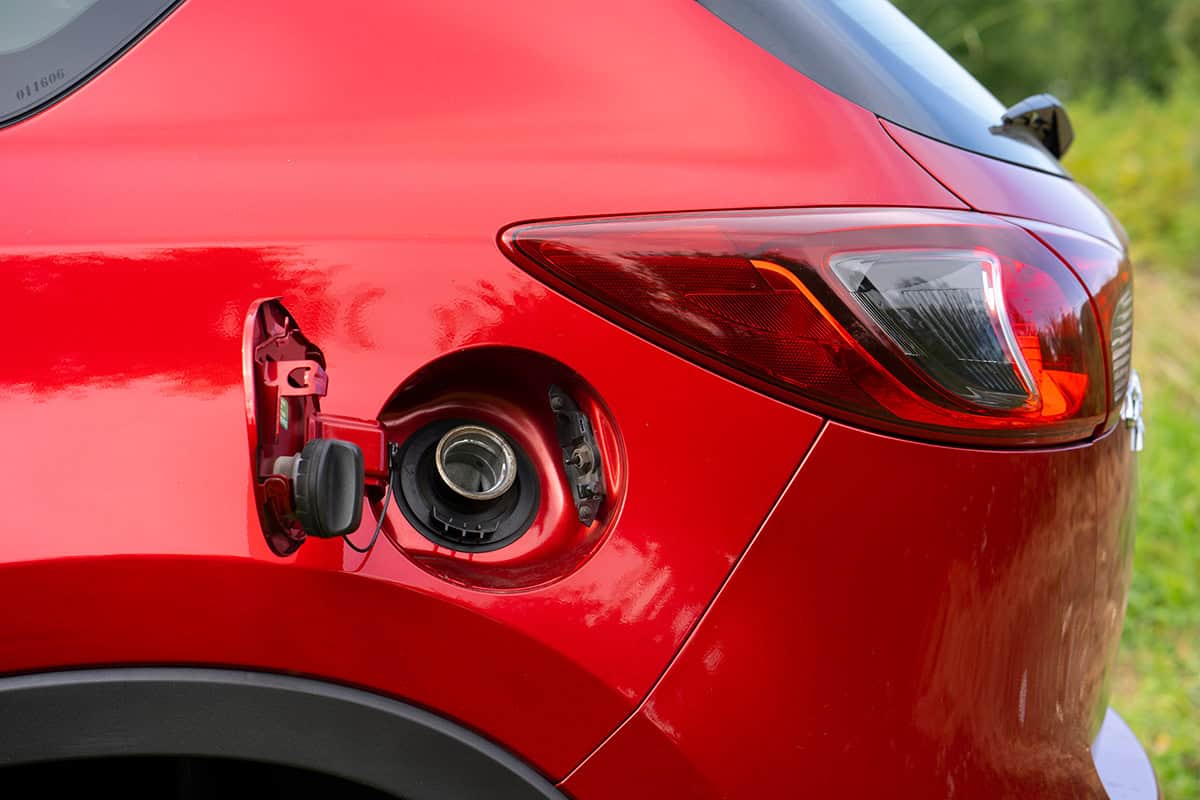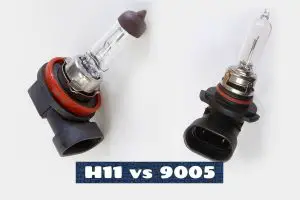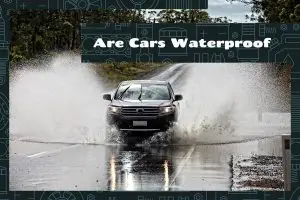As the automotive industry constantly evolves, manufacturers strive to provide solutions that enhance convenience, safety, and the overall driving experience. Among such innovations, the introduction of the capless fuel system stands out. Is this the end of twisting off gas caps and fumbling to put them back on?
A capless gas tank eliminates the traditional twist-off fuel cap. Instead, it employs a self-sealing flap for refueling.
- Pros: Enhanced convenience, improved safety, environmentally friendly.
- Cons: Compatibility issues, maintenance concerns, limited availability.
Common problems related to capless gas tank systems include manual siphoning, sealing mechanism failure, and potential for freezing during the winter.
In this guide, we’ll take a closer look at each of the advantages and disadvantages of capless gas tanks, as well as discuss reported problems of this innovation.
What Is a Capless Gas Tank?
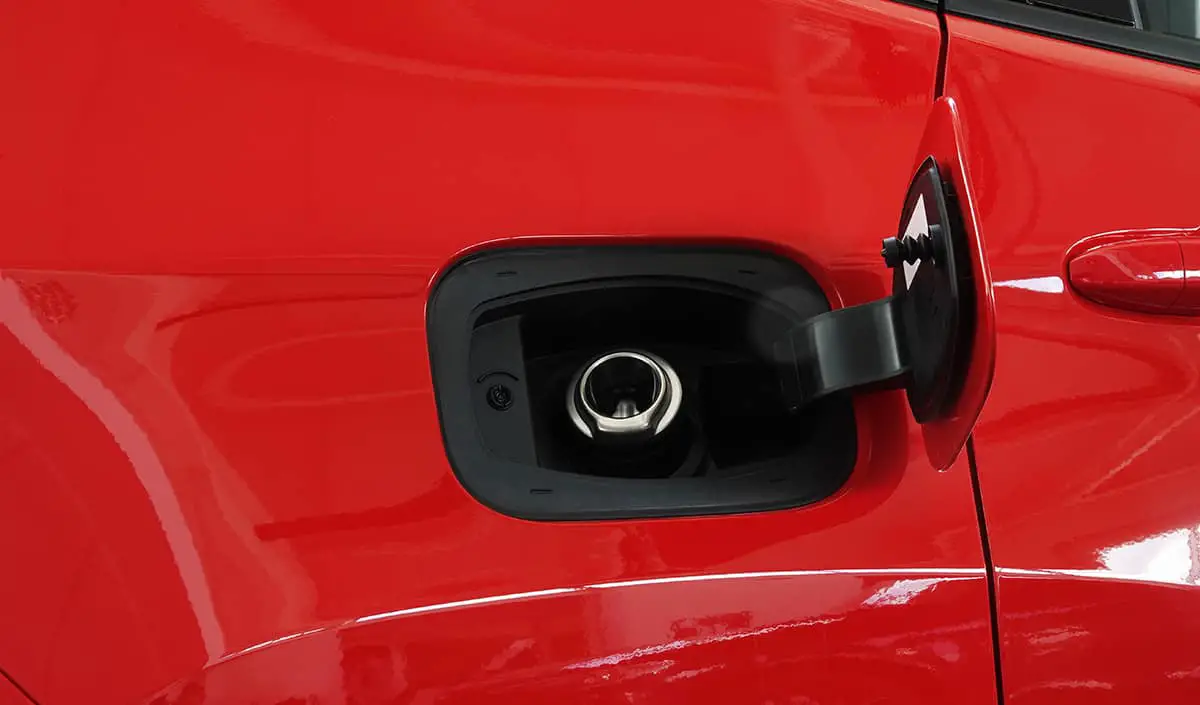
Capless gas tanks represent a shift from traditional fueling methods. As the name suggests, these tanks don’t have a removable cap. Instead, they rely on an innovative design that promotes ease of use while maintaining a secure system.
The mechanics of a capless system are straightforward. The main component is the self-sealing flap located inside the fuel filler neck. This flap remains shut unless pressure, like that from a fuel nozzle, is applied. When you push the nozzle in, the flap yields, allowing fuel to flow into the tank.
Once the nozzle is removed, the flap returns to its closed position, preventing any unwanted contaminants or debris from entering the tank. This system often includes a secondary seal to prevent fuel vapors from escaping.
Pros of Capless Gas Tanks
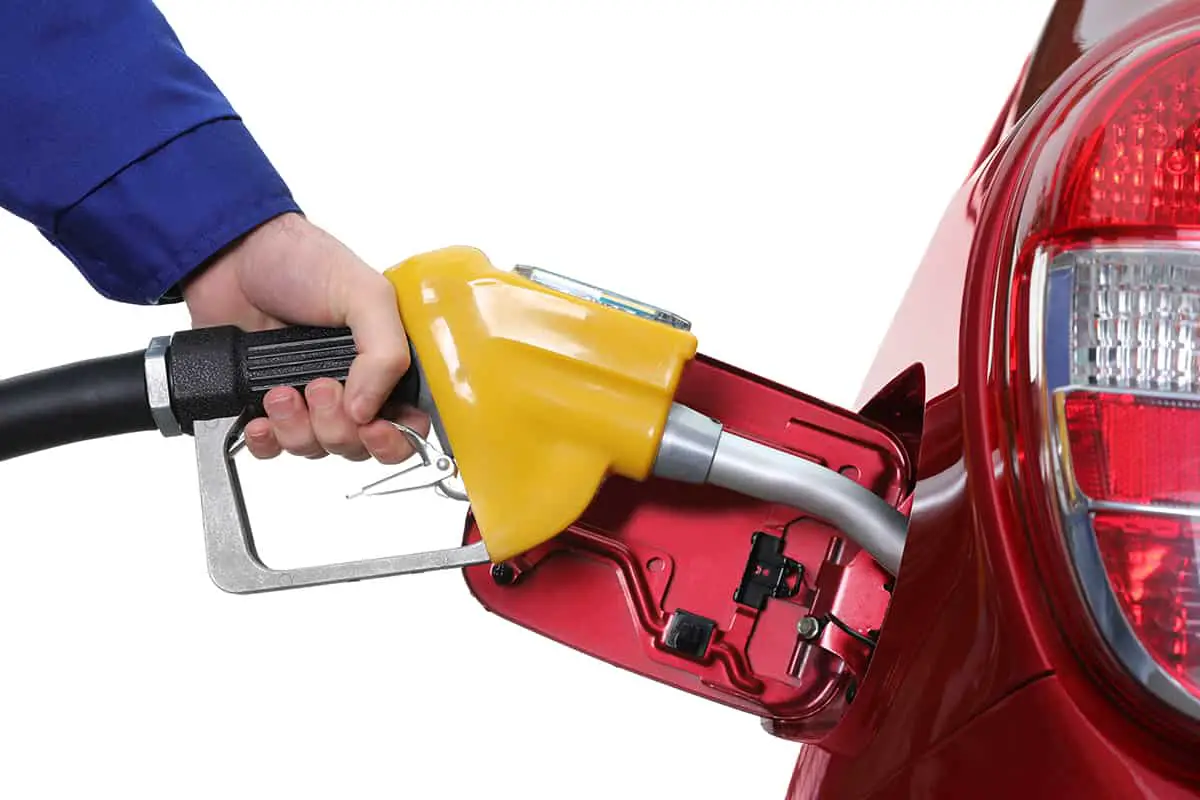
The rise of capless gas tanks has introduced a range of benefits for drivers, which we’ll break down below.
1. Enhanced Convenience
- No More Lost Fuel Caps: We’ve all been there—misplacing the fuel cap or forgetting to screw it back on. With capless systems, this worry is a thing of the past. The absence of a removable cap means there’s nothing to lose or forget to replace.
- Quicker Fueling Experience: Time is money, and capless gas tanks save drivers both. With no cap to unscrew or screw back on, the refueling process is faster and more streamlined. Just insert the nozzle, fuel up, and you’re good to go.
2. Improved Safety
- Reduced Risk of Overfilling: Traditional fuel caps can sometimes cause overfilling if not properly tightened, leading to fuel spillage. With the capless design, the system automatically seals after refueling, minimizing chances of overflows or spills.
- Minimal Fuel Spillage: The capless design also limits the amount of fuel that can spill during refueling. Without the need to remove and replace a cap, there’s less opportunity for fuel to escape, making for a cleaner and safer refueling experience.
3. Environmentally Friendly
- Less Evaporative Emissions: Fuel systems release evaporative emissions, which can harm the environment. Capless gas tanks often come with a tighter seal than traditional systems, effectively reducing the amount of these emissions. This not only benefits the environment but also complies with stricter emission standards.
- Encourages Proper Sealing: Since there’s no manual cap to screw on, the self-sealing flap of capless systems always ensures a proper seal after each refueling. This consistent sealing reduces the chances of harmful fuel vapors escaping into the atmosphere.
4. Aesthetics and Modern Design
- Sleek Look: Capless fueling systems offer vehicles a more modern and streamlined appearance. Without an external fuel cap, the car’s body design remains uninterrupted, giving it a sleeker look.
- No External Caps: The absence of external caps means there’s no risk of a mismatched or faded cap disrupting the car’s aesthetics. It maintains the vehicle’s appearance and can even add to its resale value.
Cons of Capless Gas Tanks
Even though capless gas tanks bring several advantages to the table, they’re not without their drawbacks.
1. Compatibility Issues
- Gas Can Challenges: If you’ve ever needed to use a gas can to refuel, you’ll find it’s not as straightforward with a capless system. The self-sealing flap is designed for standard fuel nozzles, making it tricky to pour fuel from cans without a special funnel.
- Not All Fuel Stations are Equipped: Traveling internationally or to remote locations might pose a challenge. Not all fuel stations, especially in older areas, are equipped to handle capless systems. This could make refueling a hassle in certain regions.
2. Maintenance Concerns
- Potential for Debris Entry: While the self-sealing flap is designed to keep out contaminants, there’s still a chance for debris like dirt or snow to get lodged in the opening. This could lead to maintenance issues if not regularly cleaned.
- Difficulties in Cleaning: Special care is required to ensure the sealing mechanism isn’t damaged, which could sometimes necessitate professional assistance.
Reported Problems with Capless Gas Tanks

Drivers have reported various issues over the years. To provide a clearer picture, here’s a summary of the commonly reported problems.
1. Difficulties with Manual Siphoning
For drivers who’ve ever found themselves needing to manually siphon fuel (be it for an emergency or to transfer fuel), capless systems present a unique challenge. The self-sealing flap design is primarily intended for standard fuel pump nozzles. This means that inserting a siphon hose, which is typically narrower and more flexible, doesn’t apply the needed pressure to open the flap easily.
2. Concerns over Sealing Mechanism Failures
A key component of the capless design is the self-sealing flap, which automatically closes after refueling. However, some users have reported that this flap can malfunction or wear out. When this occurs, the seal may not be as effective, potentially leading to fuel vapors escaping or contaminants entering the fuel system.
A compromised sealing mechanism doesn’t just pose a risk for the vehicle’s performance; it could also result in failing emission tests in regions where such tests are mandatory.
3. Potential for Freezing in Cold Climates
Cold weather has proven to be a nemesis for some capless gas tank users. There have been instances where the sealing flap or the secondary seal froze, especially in areas with extreme winter conditions.
When this happens, it can be challenging to insert the fuel nozzle or even to get it out after refueling. In worst-case scenarios, drivers might be unable to refuel their vehicle until the frozen components have thawed.
FAQs
1. Can I retrofit my traditional car to have a capless system?
Yes, it’s technically possible to retrofit a traditional car with a capless system, but it may be illegal in your area. The process isn’t as simple as just swapping out parts. Retrofitting involves replacing the fuel filler neck, adjusting the vehicle’s body to accommodate the new system, and recalibrating certain parts of the fuel system.
2. What should I do if my capless system isn’t sealing properly?
There are a few things you can try:
- Look inside the fuel filler neck and check for any visible obstructions or debris that might be preventing the flap from closing correctly. If you spot anything, remove it gently, taking care not to damage the flap.
- Gently push the flap with a clean, soft tool like a rubber spatula to see if it moves freely and returns to its closed position. If it feels sticky or doesn’t return to its position, there might be an issue.
If neither of these solutions works, you should contact a mechanic.
3. How do you clean a capless gas tank system?
Cleaning a capless gas tank system requires a bit more care than traditional fuel inlets:
- When cleaning, avoid using force or hard objects. This can damage the self-sealing flap or other components.
- Wipe around the exterior of the fuel filler area and then the interior, being cautious around the sealing flap. If using a brush, gently brush inside to remove any dirt or debris.
- If you used a detergent solution, use a separate cloth dampened with clean water to rinse the area. Finish by drying with a soft, dry cloth.
